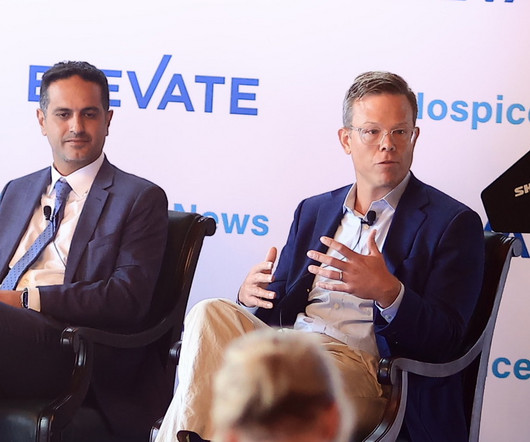3 Key Hospice Technology Trends
Hospice News
JANUARY 31, 2025
A large key for hospices to navigate is how quickly technology evolves, and the care delivery and operational challenges associated with that rapid pace, he stated. We are investing in AI-driven care coordination and predictive analytics to support personalized patient experiences and improve outcomes.














Let's personalize your content